
Welcome to the Low-Dimensional Electronics Group
We engineer materials with atomic dimensions for new device applications
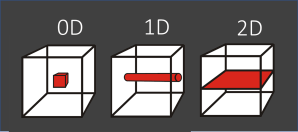
We’re based in the Electrical Engineering Division at the University of Cambridge. The focus of our research is to solve materials science and device engineering challenges to integrate low-dimensional materials in (opto)electronic, spintronic and quantum devices with enhanced performance and novel functionalities.
New Electronic Materials

We study emerging electronic materials such as graphene, semiconductor nanowires, transition metal dichalcogenides, and carbon nanotubes.
Device Engineering
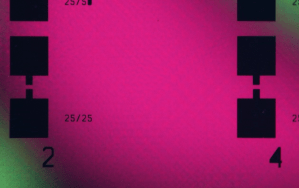
We develop device engineering strategies, and processing and fabrication techniques to demonstrate nanomaterial-enhanced solar cells, miniaturised spectrometers, photodetectors, THz detectors, OLEDs and quantum emitter arrays.
Low-Dimensional Physics

We explore the physics of low-dimensional materials using optical characterisation and electrical transport measurements from room to cryogenic temperatures and at high magnetic fields.
High-Throughput Characterisation
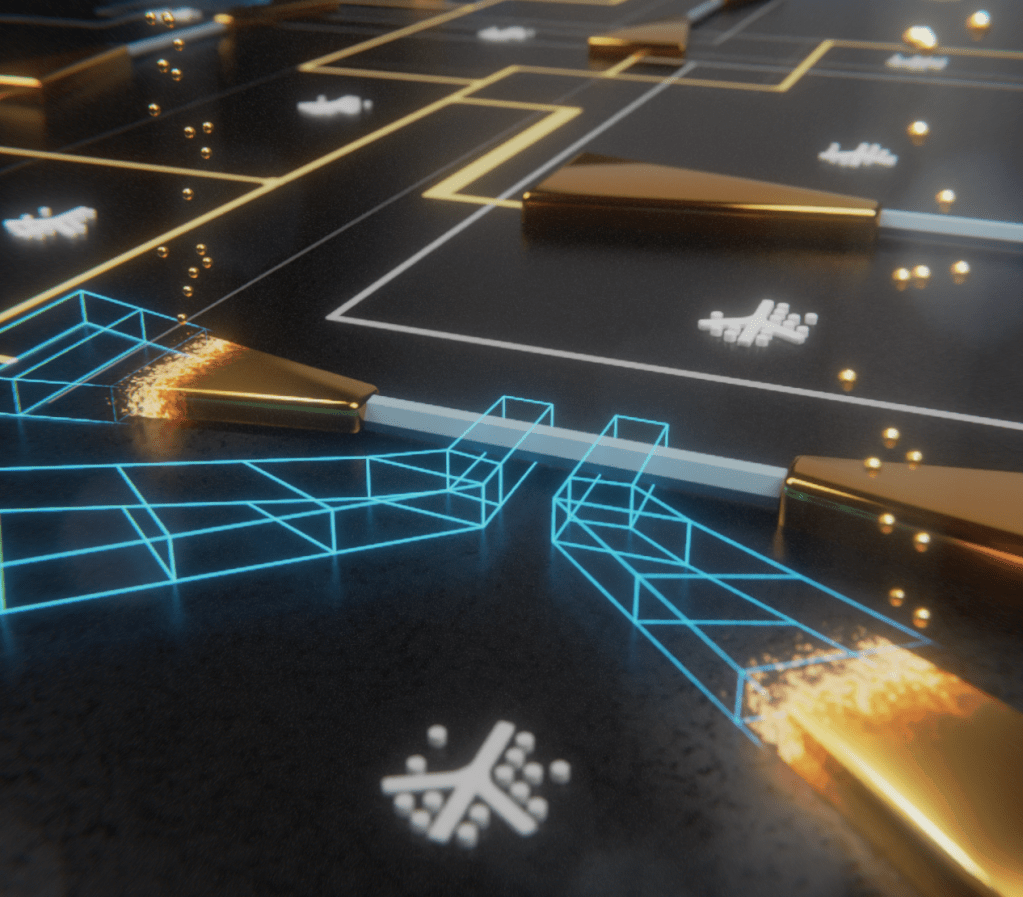
We develop high throughput microscopy and spectroscopy techniques, and automated device manufacturing to accelerate nanomaterial-based device applications both in the lab and with our start-up:
nanomation.tech
Meet the team

Group Leader: Dr Jack Alexander-Webber
Jack is a Royal Society Dorothy Hodgkin Research Fellow in the Electrical Engineering Division, University of Cambridge. He has previously held a Research Fellowship from the Royal Commission for the Exhibition of 1851 and a Junior Research Fellowship at Churchill College, Cambridge. He has a DPhil in Condensed Matter Physics from the University of Oxford, and MSci in Physics from Royal Holloway, University of London.

Dr Zeinab Tirandaz
Zeinab joined the group after a PhD at the University of Manchester. Zeinab is working on computer vision techniques for high-throughput automated characterisation and device integration of nanomaterials.
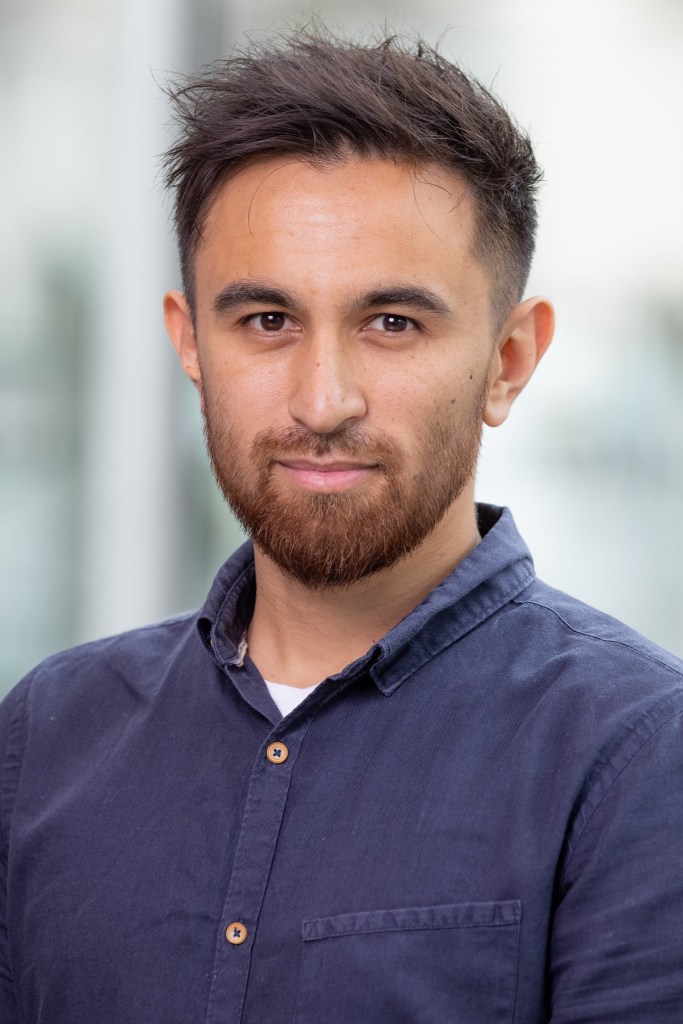
Dr Faris Abualnaja
Faris joined the group after a PhD and postdoc at Imperial College London. Faris is working on scalable nanomaterial based optoelectronic devices.

Teja Potocnik
Teja joined the team after studying Material Science and Engineering at the University of Manchester. As part of her PhD she developed passivation and encapsulation strategies for 2D material devices, as well as automated protocols for high throughput nanomaterial characterisation.

Xiaofan Lin
Xaiofan joined the team after studying Electrical and Electronic Engineering at the University of Manchester. For his PhD he is developing novel lithography techniques for optoelectronic device applications.
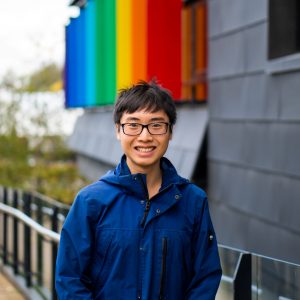
Greg Chu
Greg is a PhD student who joined the team after studying Engineering at the University of Cambridge. He is currently developing nanowire based THz detectors and electronic devices.
Alumni

Dr Ralf Mouthaan
Ralf is now a postdoctoral researcher at The University of Adelaide.
Master’s Students
Dylan Cuskelly (NanoCDT)
Oyedamola Asiyanbola (NanoCDT)
Jinfeng Yang (NanoCDT)
Gemma Swan (NanoCDT)
Sebastian Gorgon (NanoCDT)
Giorgio Mallia (GrapheneCDT)
Publications
Please see a full list of our publications and citations here.
Funding
We acknowledge the support of the EPSRC, the Royal Society, and the Royal Commission for the Exhibition of 1851.
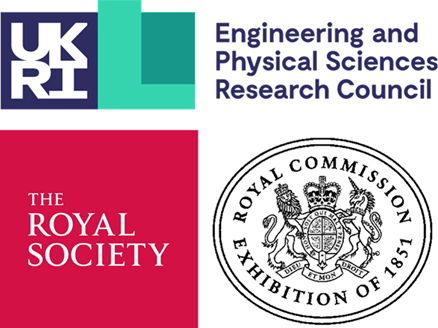
Join us
We’re always looking for motivated and talented researchers to explore a wide range of new materials for novel device applications. Funding sources for postgraduate study can be found here, as well as details on various interdisciplinary CDTs. Suitably qualified postdoctoral candidates should consider funding opportunities such as Newton International Fellowships (for non-UK candidates), Marie Curie Fellowships, EPSRC Fellowships, Junior Research Fellowships supported by Cambridge colleges, and 1851 Fellowships.
If you’re interested in joining you can email Jack at: jaa59 -AT- cam.ac.uk
Address
9 JJ Thomson Avenue
Cambridge
CB3 0FA
United Kingdom
About Electrical Engineering
Electrical Engineering
Department of Engineering
University of Cambridge